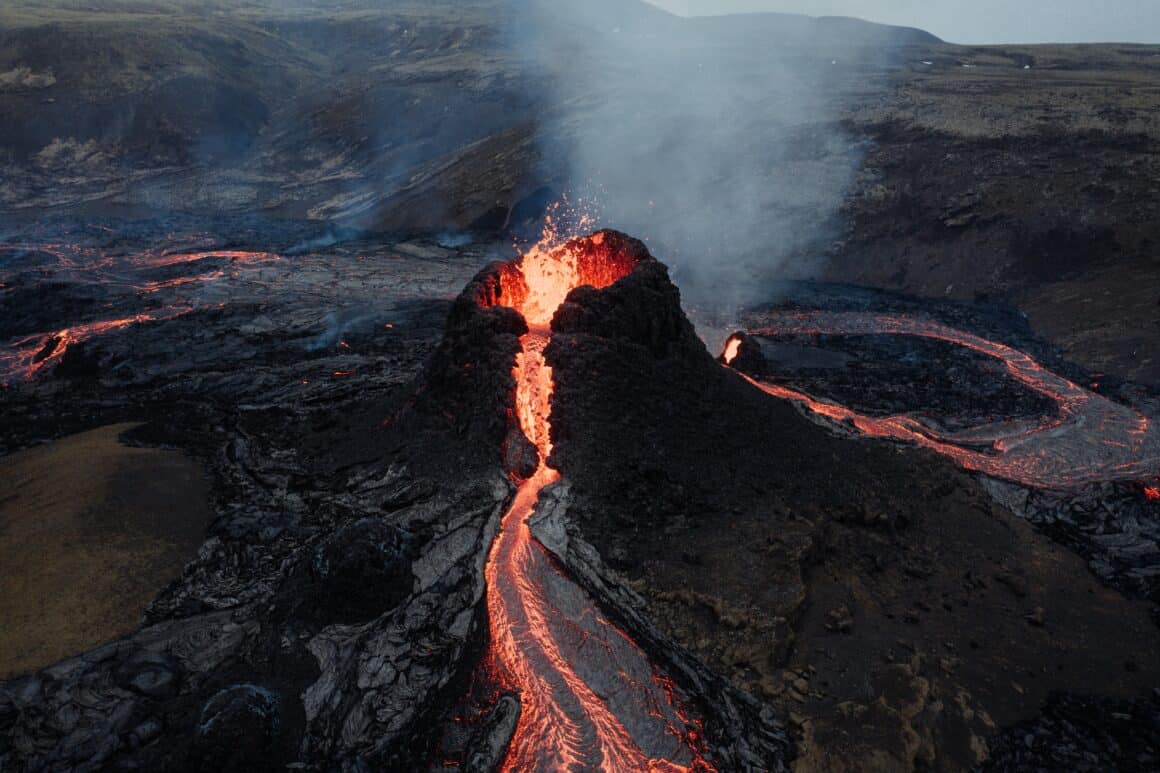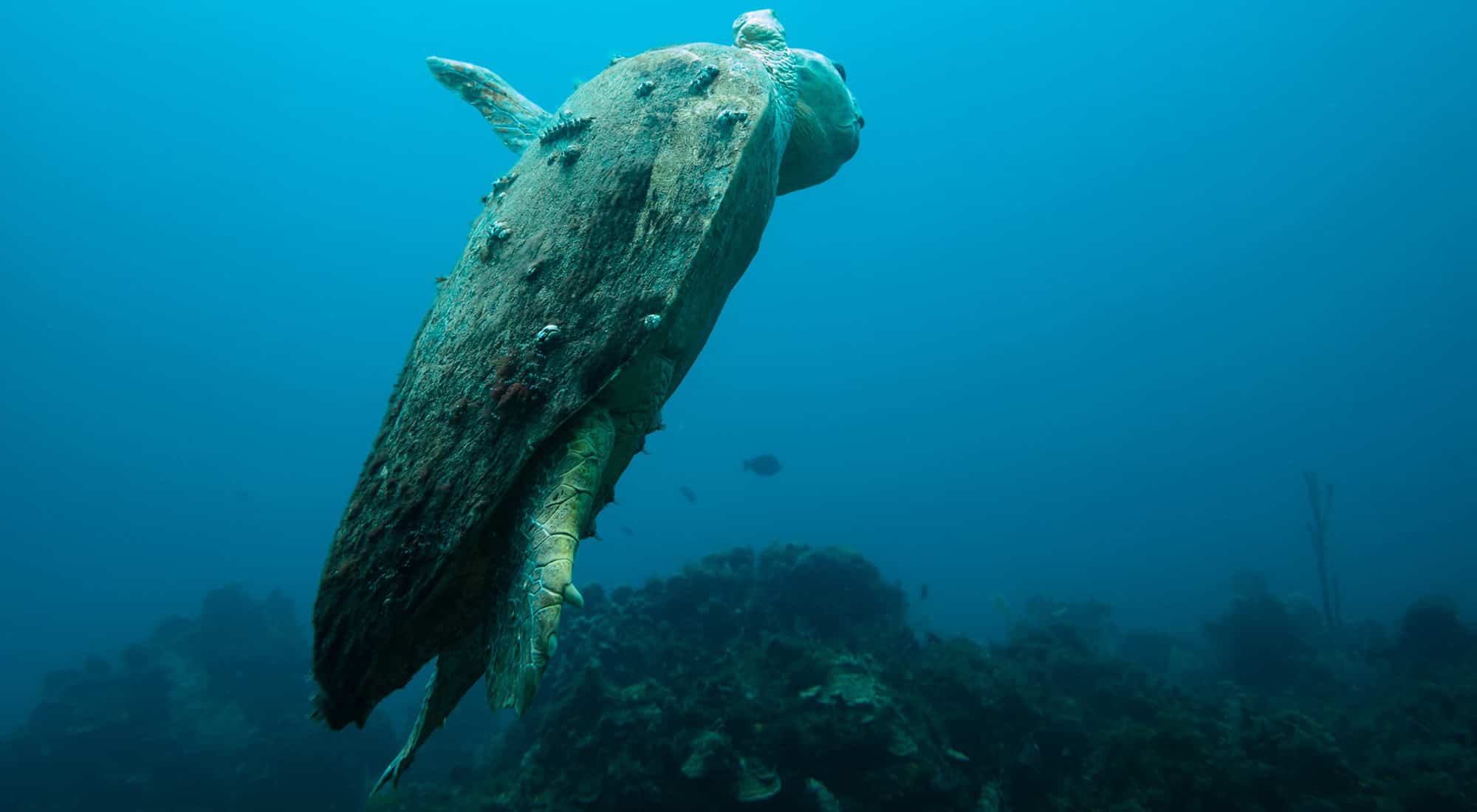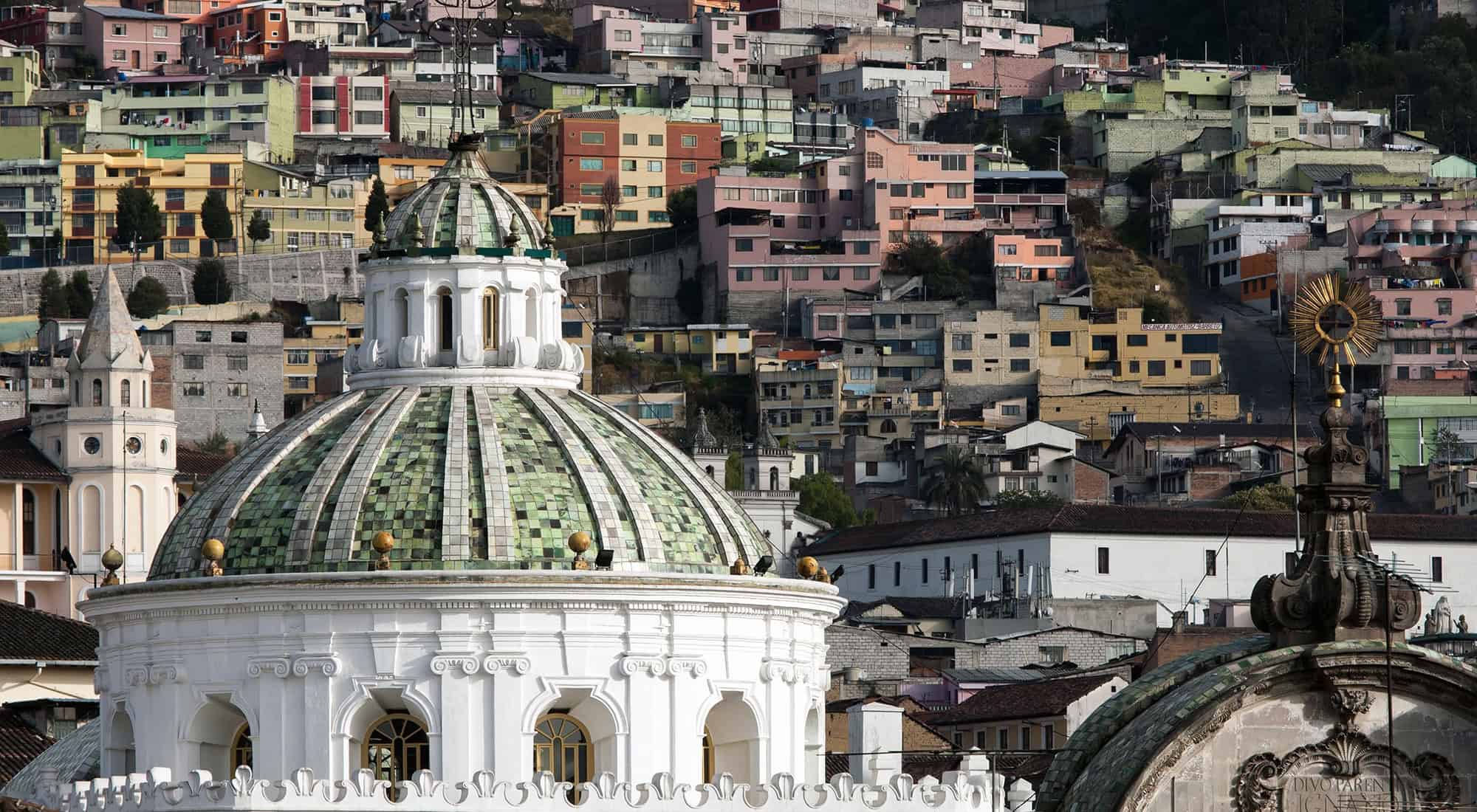Nicaragua is a land born out of fire, displayed in its volatile geoglogical scenery.
1 Volcán Masaya
The Parque Nacional Volcán Masaya is home to one of the world’s most accessible volcano complexes – and one of the most active. Perpetually smoking and threatening cataclysm, the yawning chasm of its Santiago crater was long thought to be a gateway to hell. Surrounded by stark black lava fields and swathed in sulphurous vapours, it’s not hard to see why.
2 Volcán Mombacho
As the ever-present backdrop to the city of Granada, Volcán Mombacho, 1345 m high, is the one of the easiest volcanoes to experience in the country. Its lower slopes are dotted with tranquil villages that can be visited with the UCA Tierra y Agua community tourism project. Its upper slopes are home to cloudforests, hiking trails and heart-pounding zip-lines.
3 Volcán Maderas
On Isla Ometepe, the slopes of Volcán Maderas are littered with ancient petroglyphs depicting everything from pre-Columbian deities to lizards, crocodiles and frogs. Now extinct and swathed in vegetation, Maderas is home to numerous distinct life zones, including misty cloudforests at its higher altitudes. You’ll enjoy views of its tranquil crater lake from the 1394-m summit.
4 Volcán Cerro Negro
Reminiscent of a stark lunar landscape, Cerro Negro, 675 m, is one of Latin America’s youngest volcanoes, emerging from the earth in just 1850. Vegetation has yet to colonize its slopes, which are instead covered in rolling dunes of black sand and gravel – the perfect environment for the popular new sport of volcano boarding. Don’t miss this high-speed thrill.
5 Volcán San Cristóbal
At 1745 m, Volcán San Cristóbal is Nicaragua’s highest volcano and, following a decade of frequent eruptions, it remains in a volatile state. It is a challenging ascent through tropical dry forests which finally rewards persistent climbers with awesome views of its 500-m-wide crater. Be sure to use a guide and check on the current safety status before setting out.
6 Volcán Cosigüina
Volcán Cosigüina is renowned for the diverse wildlife inhabiting its tropical dry forests, including a precious population of scarlet macaws – the last remaining in Pacific Nicaragua. The volcano once stood at a height of 3000 m, but following the most violent eruption in Latin American recorded history, it now stands at an altitude of 859 m. Nonetheless, the views from its summit are inspirational, encompassing El Salvador to the north and Honduras to the east.










